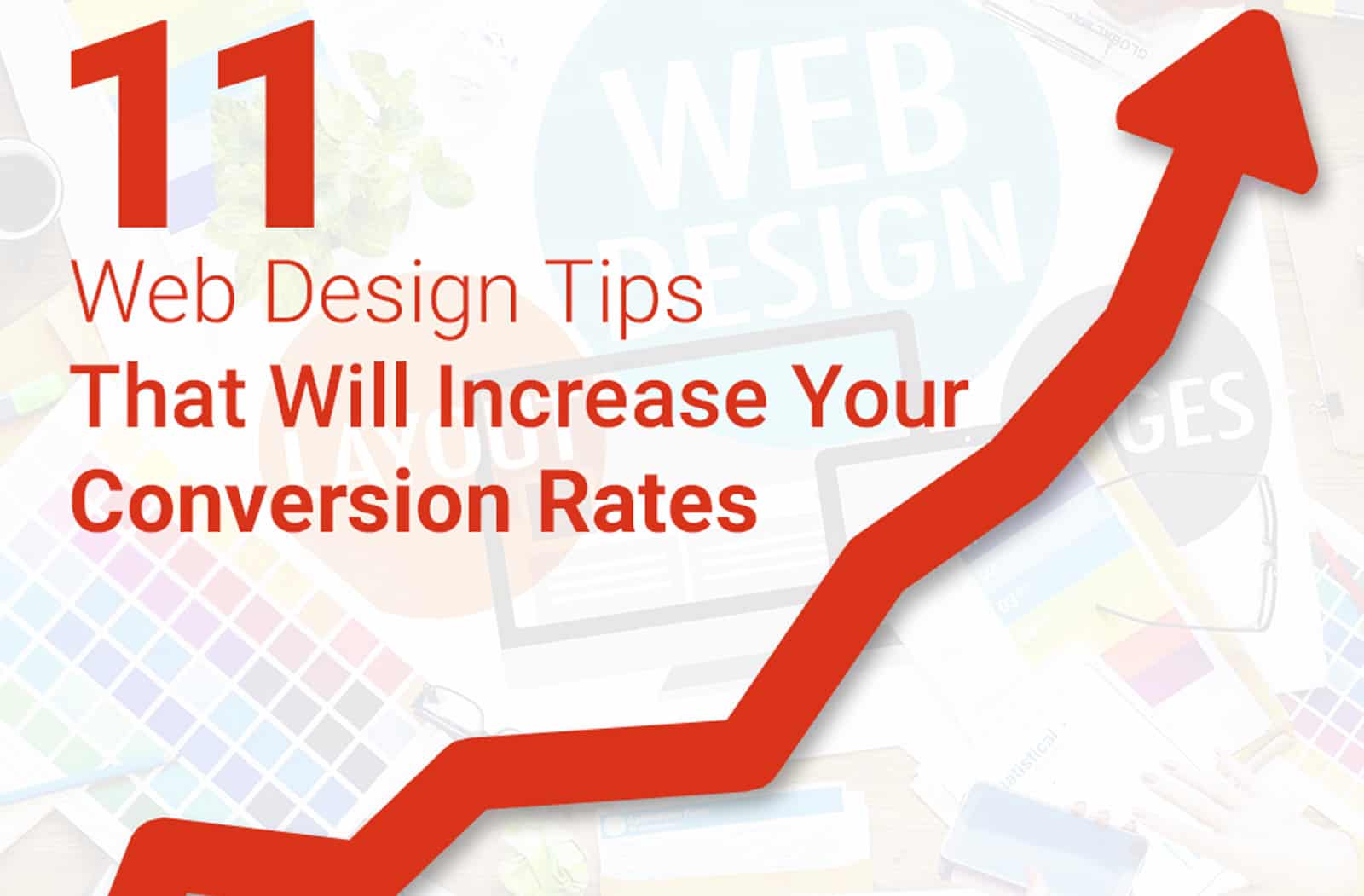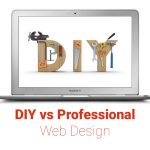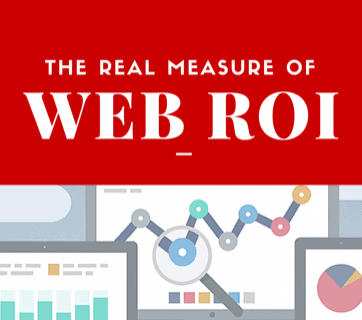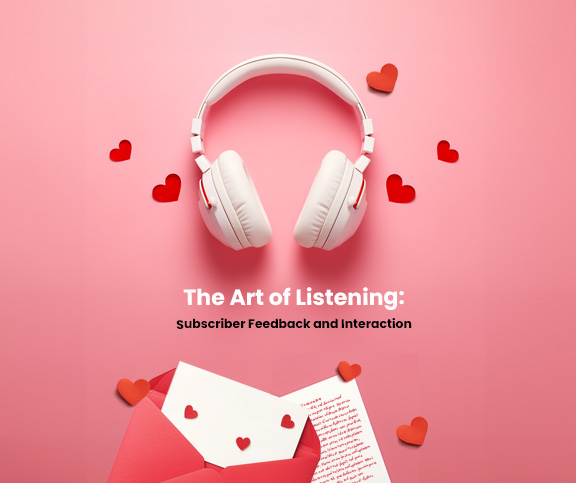
Several elements of Web design play a crucial role in determining your website exit rate. Here are 11 tips to improve and optimize your Conversion Rate
Web design plays a crucial role in determining your website exit rate. If you have an attractive and intuitive design, your visitors will stay longer. This will lead to high conversion rates and more sales.
What happens when your visitors don’t find what they’re looking for? They leave instantly. Want to make them stay longer and buy your products? Simply use an intuitive design and easy-to-use layout. Here are our 11 tips to improve your web design.
Invest in a Professional Logo

Hire a graphic designer and get a professional logo for your website. Your logo helps build your brand. Make sure that it looks prominent on the page. Place your logo in the upper right corner of your webpage. Don’t forget to use a high resolution image. Your logo should link back to the home page so when visitors click on it, they will be taken to your home page.
Use Intuitive Navigation

You can put your most important navigation options in a horizontal line at the top of your website. Secondary navigation options should be placed in the sidebar. Most web designs have the sidebar on the left. Alternatively, you can put it on the right.
If your navigation options confuse the visitors, they will quit your site as soon as they arrive. You can’t expect them to have the time or patience to figure them out. Also, make sure that links to the most important pages on your site appear above the fold. Less important links and information should go at the bottom.
Remove Clutter

Don’t overload your web pages with images. Visual clutter (images and animations) will draw your visitor’s attention away from your call to action. Limit the number of links in the header to narrow their focus further.
Use Colours Wisely

If you are trying to project a clean, modern, and elegant appearance, you should use neutral colors. Judicious use of colors will guide your visitors to the most important content on your website. Make sure that the colors you use on your pages complement your logo.
Here is an excellent resource on the implementation of Color Theory
Put your Most Important Information on all Pages

Don’t assume that your home page is the only landing page on your site. A majority of your visitors enter your site through inner pages. So make sure that the most important information on your website is visible on all pages. This includes your subscription form and call to action.
Put Important Information Above the Fold

All important information on your website, including your call to action should go above the fold. The visitor should be able to find it as soon as they arrive on your site. If you want the visitor to call you, don’t forget to put your phone number in a prominent part of the page. You should also consider putting a contact form above the fold.
Don’t Use Generic Images

If you decide to use photographs, make sure that they are of high quality. Generic photos will do your business no good. So hire a professional photographer or purchase good quality stock photos. Good photographs will captivate the visitor and encourage them to explore other areas of your website. Don’t use photographs that are in no way related to the content. Having irrelevant images on the site is worse than having absolutely no images.
Choose your Fonts Carefully

Your fonts should be easy to read on all browsers and devices. Thanks to the popularity of mobile devices, people access your webpage on their smartphones and tablets as well. Large scaled fonts that look good on a laptop may not render well on a small screen device. You can get around this problem by using universal fonts. Choose a font that is easy to read. The size of the font shouldn’t be less than 11pt. Also, keep your paragraphs short. A paragraph shouldn’t run longer than five or six lines. Don’t forget to leave some space between the paragraphs and images. This will help the visitor to absorb more information.
Use Responsive Web Design

Responsive web design will automatically adjust the content on the page to fit the size of the screen on which it is being viewed. These days, users open websites on a large number of devices – desktops, laptops, tablets, and smartphones. Using a responsive web design is better than building a mobile version of your site. This will enhance the user experience. Mobile friendly websites also do well in search results. Improved user experience will encourage your visitors to spend more time on the site. This will reduce your bounce rate and increase your conversions.
Don’t Use Flash

Search engines can’t understand the Flash content so there is no point in putting too many Flash elements on your website. Of course, Flash helps to add animations, but that is not the only option. HTML5, for example, is fast gaining popularity as a better alternative to Flash. It uses search-engine friendly text and also works well on most mobile browsers without the help of a plug-in.
Use Attractive Submit and Send Buttons

Make your form submission buttons as attractive as possible. This will encourage visitors to click on them. Submit buttons that change their color, opacity, or gradient when visitors hover over them work even better.
And that’s not all. Once you’ve created the perfect website design, make sure you test it before execution. Website optimization is all about testing. Try placing your call to action in different parts of the page and see what impact it has on the conversion rate. Also experiment with different colors.
HAVE QUESTIONS ABOUT YOUR NEXT PROJECT?




